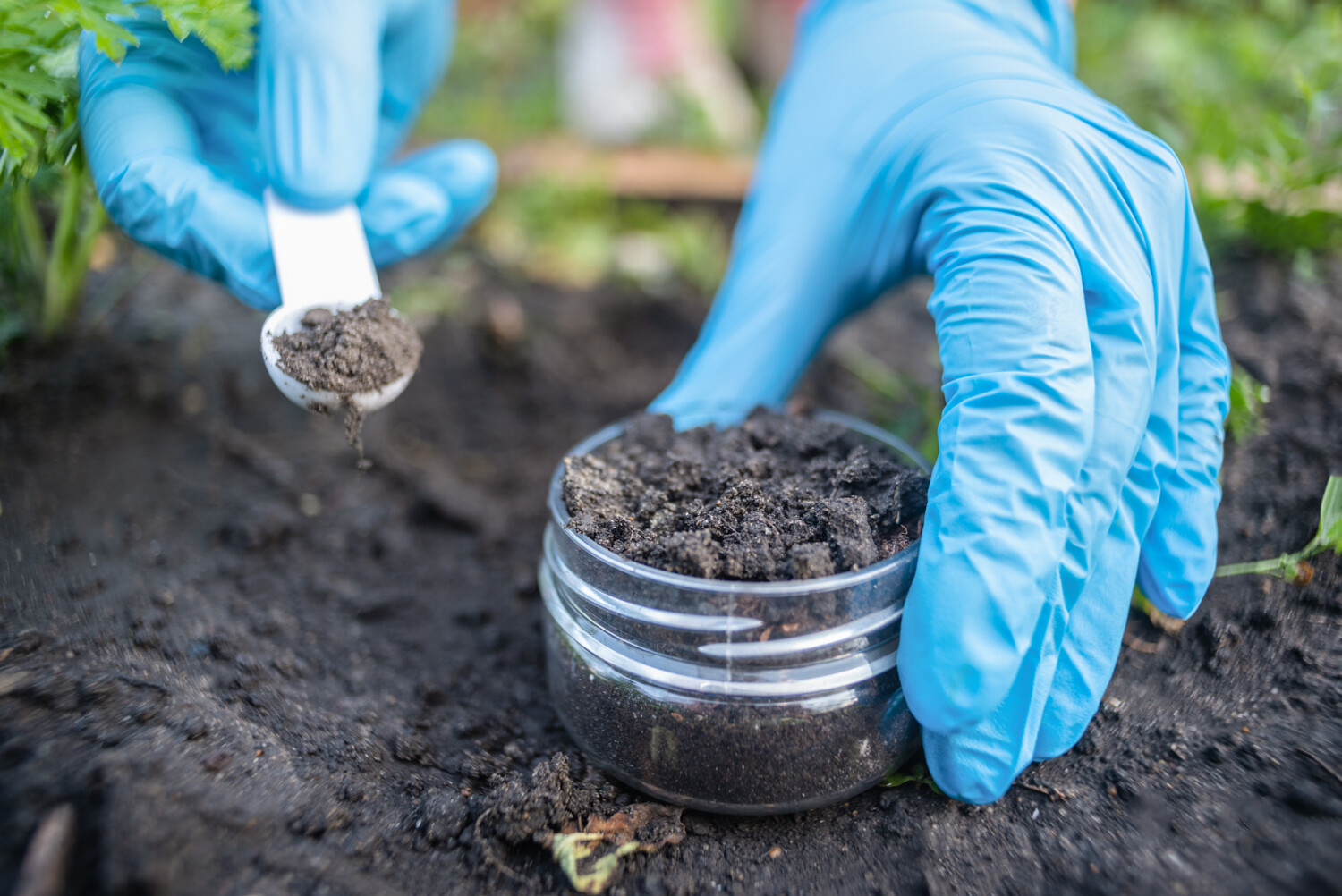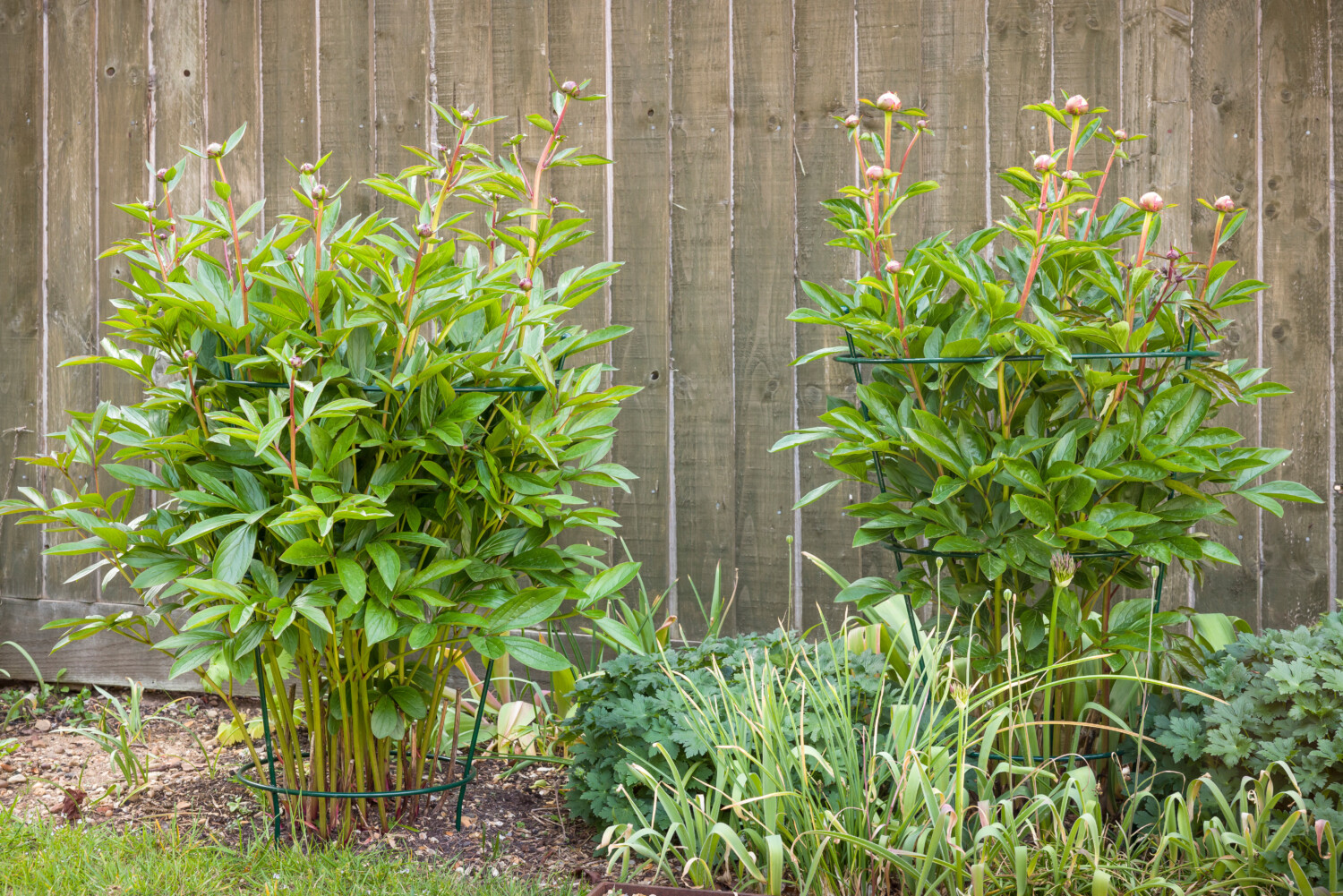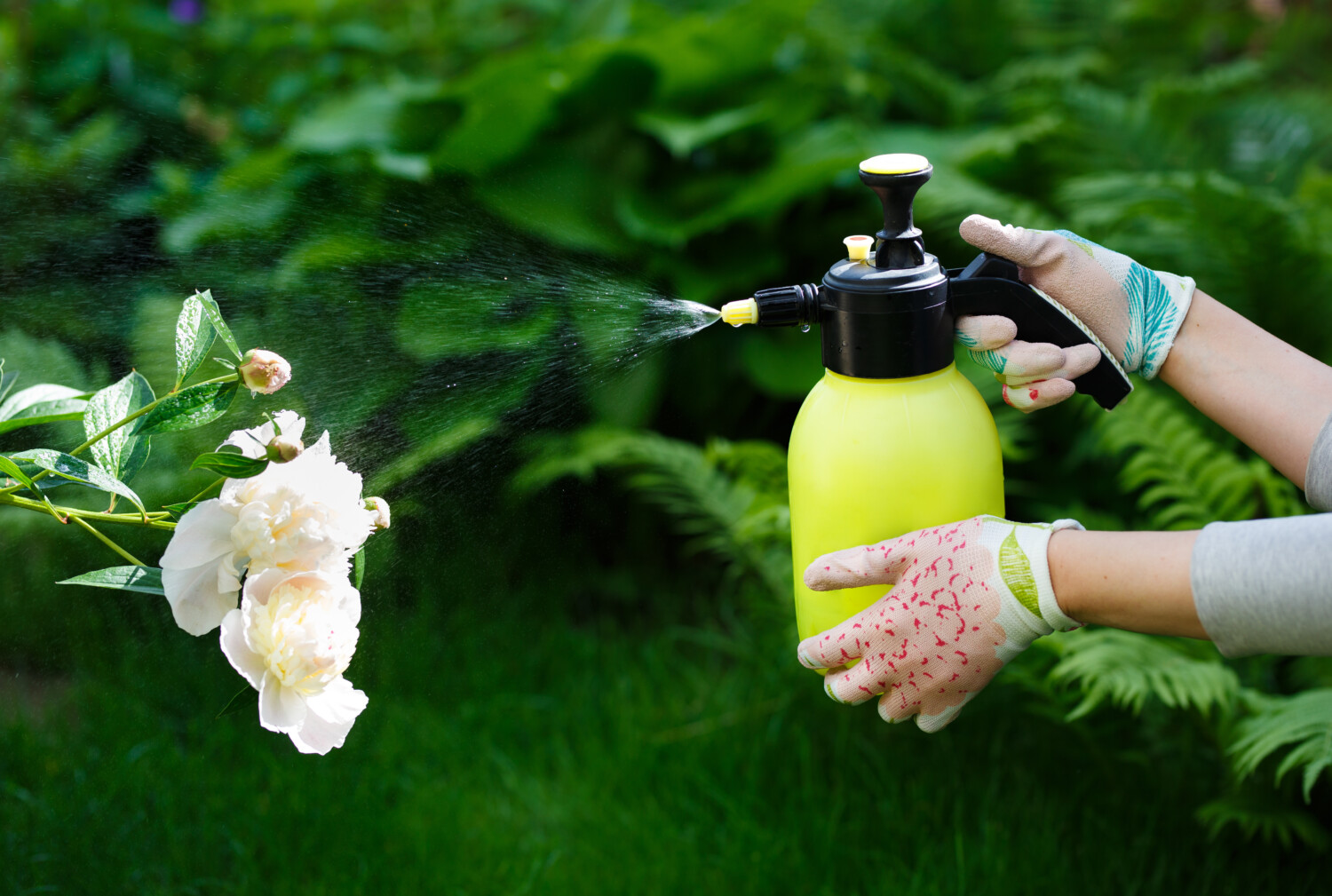If you have dreamed of growing beautiful peony flowers in your garden, now is the perfect time to start! Peonies are timeless flowers that bring captivating color, fragrance and charm to any outdoor space. Depending on your location and the variety, the flowers bloom from late spring to early summer.
These beautiful flowers can even outlive gardeners, with some living for up to 100 years or longer. Peonies are hardy plants that survive and thrive in Zones 3-8, depending on the region. Cold winters help with bud formation.
Learning the best peony care tips can help you create an eye-catching garden display of perennial flowers that will come back year after year to take your breath away.
Choose the Right Plants
To ensure your peony plants flourish, start by selecting the right type for your garden. There are six stunning ones to choose from: anemone, single, Japanese, semi-double, double and bomb. The fragrances they offer are just as diverse. Some have a tantalizing rose-like scent, while others may be lemony or have no aroma.

If you want to add color to your garden, consider planting peonies that bloom in different shades. For example, pink, white, red and yellow are all options.
To get the most out of this flower’s beauty, many nurseries will offer varieties that bloom in early, mid-season and late periods so you can enjoy these blooms for weeks on end.
Location Matters for Peony Care
Choosing the right location is essential for these beautiful perennials’ growth, health, and overall appearance. Once planted, peonies can thrive in the same spot for several decades, so carefully selecting the perfect site is imperative.

Peonies require a minimum of six hours of sunlight per day, so finding a location that boasts this exposure is crucial. However, do consider partial shade in warmer climates to protect them during the peak heat hours. Additionally, selecting a well-draining area enables the plants to avoid waterlogged soil, which could lead to root rot. It’s also wise to ensure that the planting location maintains a reasonable distance from large trees or shrubs so they don’t have to compete for water and nutrients.
Keep in mind that proper airflow is also essential to reduce the risk of fungal diseases. It’s also important to never plant a peony in a wet or saturated area, as this can stunt its growth and cause it to die prematurely.
Prepare the Soil
Preparing the soil for planting is one of the most crucial steps in peony care. This process will not only directly impact the growth and well-being of your plants, but it will also contribute to an overall healthier and more productive garden.

Soil preparation begins with assessing the current condition of your soil, which may require conducting a soil test to determine the pH levels and nutrient content. Peonies need well-drained, mildly acidic to neutral soil with a pH of 6.5–7. You can amend the soil by adding organic matter such as compost or well-rotted manure that will provide essential nutrients to your plant.
Don’t forget to break up large clumps and remove any weeds or rocks to create a smooth and uniform surface. Tilling the soil is another essential step, as it loosens compacted areas and enhances the circulation of air and water, consequently promoting robust root development.
Plant and Support
Dig a hole approximately 2 feet deep and 2 feet across. Place the root with the eyes facing upwards on top of a mound of earth in the hole, setting them just 2 inches below the surface.

If you are planting in Southern states, choose early blooming varieties and set them about 1 inch deep; providing some shade is also recommended. Backfill the hole carefully, ensuring the soil does not settle and bury the roots a couple inches deeper than intended.
Once your blossoms begin to flourish and grow, staking becomes essential to provide the support they need for their lavish flowers. Carefully select stakes and a suitable support system that complements the plant’s growth, such as simple grid, loop or grow-through types.
Water and Fertilize
To ensure the healthy growth and abundant flowering of these perennial beauties, diligent watering and fertilizing practices are essential.
It’s crucial to provide the right amount of water, typically around 1 inch per week, to keep the soil moist but not soggy. Overwatering can lead to root rot and fungal diseases, whereas underwatering can result in weak stems and small blooms.

When fertilizing peonies, incorporating a well-balanced, organic fertilizer into the soil before planting and then applying it annually after their first frost is ideal. This will help replenish nutrients, promote vigorous root growth and enhance your peonies’ overall appearance and longevity.
Keep Pests Away
Peonies are an elegant and beloved addition to any garden, but they often attract unwanted pests, such as nematodes. These tiny worm-like pests can devastate peony plants, damaging their roots and leaves. To keep your peonies healthy and thriving, taking preventative measures and acting quickly when signs of pests appear is essential.

Regular inspection of your peonies will help you spot pests before they cause significant damage. Also, don’t forget that timely pruning and proper plant spacing will promote air circulation, reducing the likelihood of pest infestations in the long run.
Watch for Signs of Healthy Growth
When examining your peonies, there are a few key signs to look for to ensure they are blossoming to their full potential. Vibrant colors and consistent bloom sizes across the plant signify that your peonies receive adequate sunlight and nourishment. In addition, solid, sturdy stems free from signs of disease or pests demonstrate your peonies’ strength and vitality.

Peony care requires some knowledge and effort, but the results are worthwhile. The beauty and fragrance of these blooms are unlike any other flower, creating a stunning addition to any garden. If you plant and care for your peony plants properly, you can enjoy years of beautiful flourishing blooms.
This story originally appeared on Simplemost. Check out Simplemost for additional stories.


